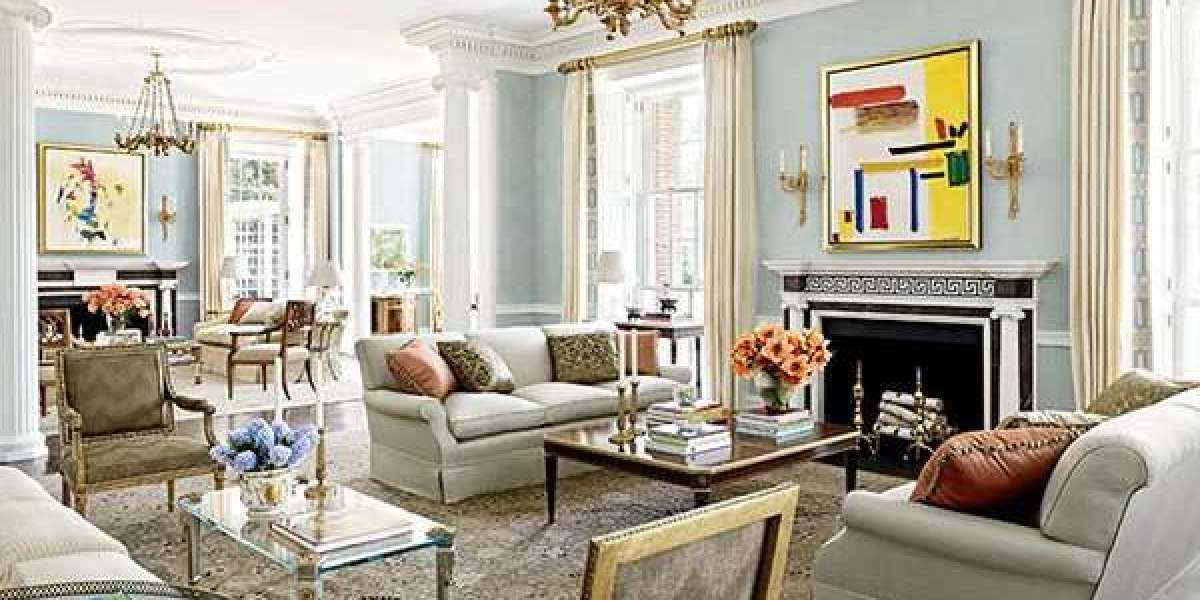Minimalism is not just a design trend; it's a lifestyle choice that focuses on simplicity, functionality, and purpose. More and more people are embracing minimalism, not just in their lifestyles but also in their home decorating styles. This approach to decorating can transform your living space into a serene oasis, free from clutter and unnecessary distractions. In this article, we will explore the art of incorporating minimalism into your home decorating style. We will offer practical tips and ideas to help you create a minimalist haven that reflects your personality and enhances your well-being.
1. Understanding Minimalism: Beyond Aesthetics
Before diving into minimalist home decor, it's essential to understand the philosophy behind it. Minimalism emphasizes the importance of living with less, focusing on what truly matters. It's about decluttering your space and mind, allowing room for meaningful experiences and relationships.
2. Decluttering Your Home: Less is More
Start by decluttering your home. Evaluate your belongings and keep only the items that serve a purpose or bring you joy. Donate or sell things you no longer need. Clearing your space of unnecessary items is the first step towards achieving a minimalist environment.
3. Choosing Neutral Color Palettes
Minimalist spaces often feature neutral color palettes such as whites, creams, grays, and muted tones. These colors create a sense of tranquility and simplicity, making your space feel open and inviting.
4. Invest in Quality Over Quantity
Instead of filling your home with cheap, disposable furniture and decor items, invest in high-quality pieces that are durable and timeless. Quality items not only enhance your home's aesthetics but also reduce the need for constant replacements, aligning with the minimalist principle of sustainability.
5. Functional Furniture: Multi-Purpose Solutions
Opt for furniture pieces that serve multiple functions. For example, a coffee table with built-in storage or a sofa that can be converted into a guest bed. Functional furniture eliminates the need for excessive pieces, saving space and promoting minimalism.
6. Embrace Empty Spaces: Less Clutter, More Serenity
Allow empty spaces to exist in your home. Avoid overcrowding rooms with furniture or decor. Embracing negative space enhances the visual appeal of your living area, creating a sense of calm and openness.
7. Incorporating Natural Elements
Bringing nature indoors is a hallmark of minimalist design. Integrate natural elements such as plants, stones, or wooden accents into your decor. These elements add warmth and create a harmonious atmosphere, connecting you with the natural world.
8. Mindful Decor Choices
When selecting decorative items, choose thoughtfully. Each piece should have a purpose or hold sentimental value. Avoid impulse purchases and opt for meaningful decor that aligns with your personality and the overall ambiance you want to create.
9. Digital Decluttering: Organize Your Virtual Space
Minimalism extends beyond the physical realm; it applies to your digital life as well. Organize your digital files, emails, and apps. Unsubscribe from unnecessary online services, creating a clutter-free virtual environment that complements your minimalist lifestyle.
10. Sustainable Living: Reduce, Reuse, Recycle
Minimalism and sustainability go hand in hand. Reduce your consumption, reuse items when possible, and recycle responsibly. Choosing eco-friendly products and materials contributes to a greener planet while aligning with the minimalist ethos.
Conclusion
Incorporating minimalism into your home decorating style is more than just a design choice; it's a transformative way of living. By embracing simplicity, functionality, and purposeful choices, you can create a home that nurtures your well-being and reflects your values. Remember, minimalism is a journey, not a destination. Stay mindful of your choices, and your home will become a sanctuary of peace and inspiration.
FAQs
1. What are the key principles of minimalism in home decor?
Minimalism in home decor emphasizes simplicity, functionality, and purpose. It involves decluttering, choosing neutral colors, investing in quality items, embracing empty spaces, and incorporating natural elements.
2. How can I start decluttering my home to achieve a minimalist look?
Begin by evaluating your belongings and keeping only items that serve a purpose or bring you joy. Donate or sell items you no longer need. Clearing out unnecessary possessions creates a foundation for a minimalist home.
3. Can I incorporate minimalism into a small living space?
Absolutely! In fact, minimalism works exceptionally well in small spaces. By choosing space-saving furniture, decluttering, and utilizing clever storage solutions, you can create a minimalist oasis even in a compact area.
4. Is minimalism suitable for families with children?
Yes, minimalism can benefit families with children. It teaches kids the value of simplicity and encourages them to focus on meaningful experiences rather than material possessions. Additionally, organized spaces promote a sense of calm for both parents and children.
5. How can I maintain a minimalist lifestyle in the long term?
Maintaining a minimalist lifestyle involves constant mindfulness. Regularly assess your belongings, avoid impulsive purchases, and continue to prioritize experiences and relationships over material possessions. By staying conscious of your choices, you can sustain a minimalist lifestyle for the long term.



